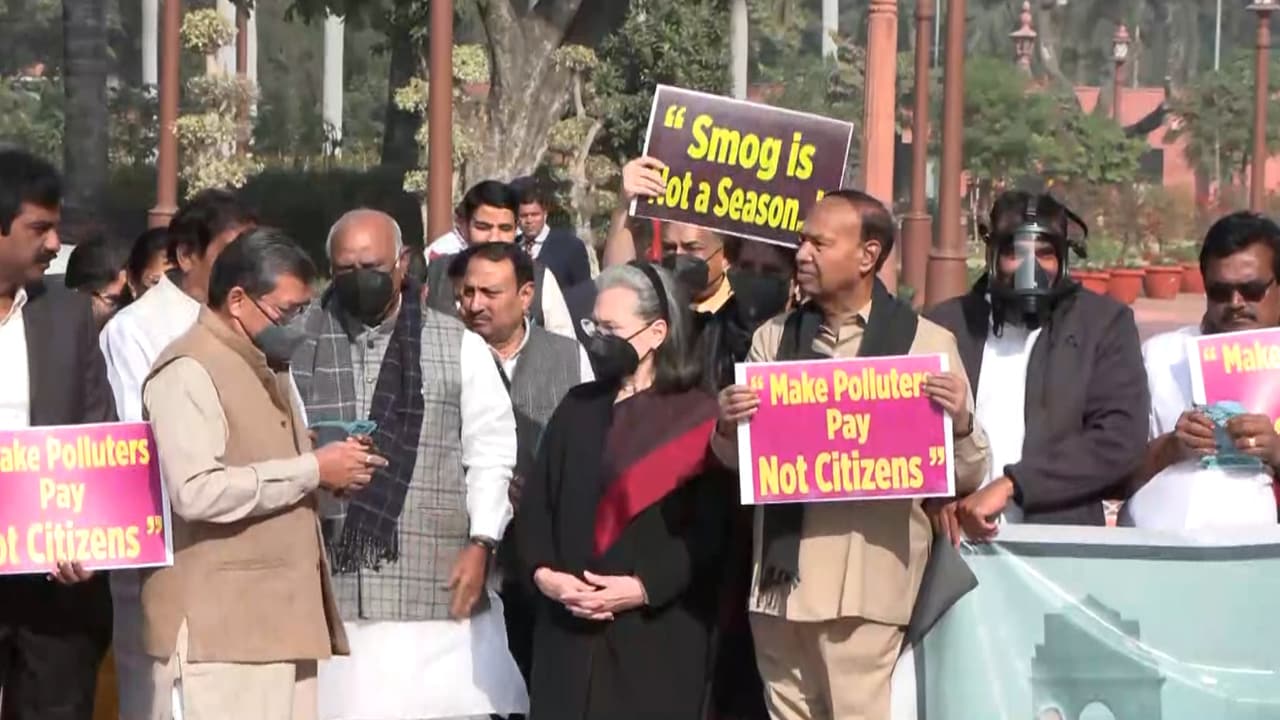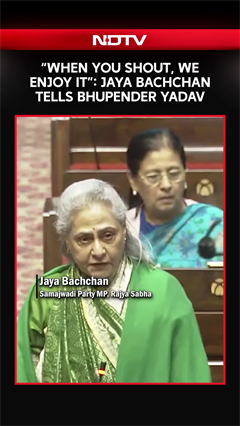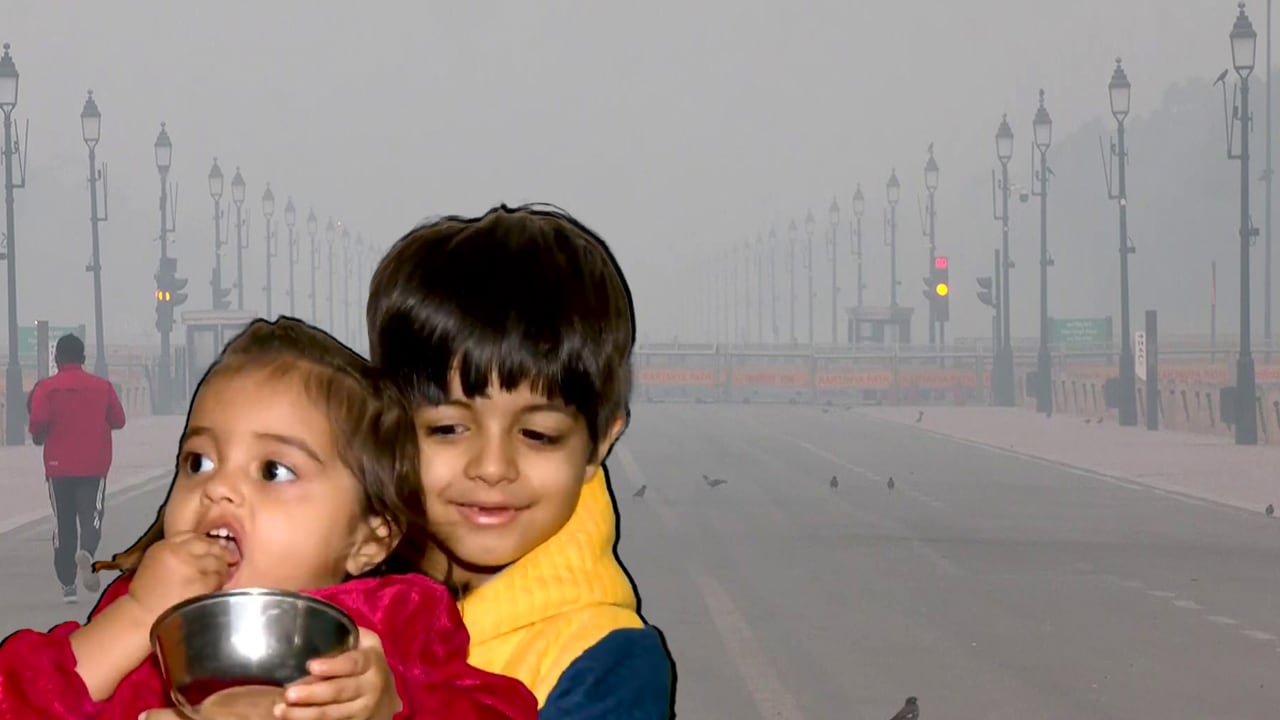- Home/
- Delhi Chief Minister Urges Carpooling, Work From Home Amid 'Severe' AQI
Delhi Chief Minister Urges Carpooling, Work From Home Amid 'Severe' AQI

As Delhi's air quality entered the "severe" category in multiple areas on Saturday, Chief Minister Rekha Gupta announced a targeted push to eliminate traditional cooking fuels in slum clusters, while ramping up citywide anti-pollution drives.
As Central Pollution Control Board (CPCB) data showed the city-wide 24-hour average AQI at 361, Gupta revealed that the Delhi Urban Shelter Improvement Board (DUSIB) has been tasked with surveying all slum areas to pinpoint households still reliant on wood-fired stoves or coal angithis. "We're extending the Ujjwala Yojana to these families on priority," she said, framing the initiative as a dual strike against household pollution and health risks. Smoke from these sources, she added, exacerbates the capital's toxic haze and endangers residents, particularly in densely packed informal settlements.
The CM said pollution control efforts are being carried out at war footing, with teams fanning out to hotspots for on-ground interventions. Urban local bodies have been ordered to mobilise all sanitation resources for sweeping, water sprinkling, and mechanical dust suppression. "Cooling and clearing" polluted zones through continuous misting and road repairs aims to curb particulate matter dispersion, Gupta explained.
In a related advisory, Gupta urged residents to carpool, switch to public transport, and encourage private employers to adopt work-from-home policies. This follows the activation of GRAP-2 restrictions, which limit certain outdoor activities, though ground-level enforcement has drawn flak for inconsistencies. GRAP-3, with its tougher curbs like construction bans, is yet to be triggered despite the escalating crisis.
To ease morning rush hour chaos, the government will stagger office hours starting November 15. The Delhi government offices will work from 10 am till 6.30 pm, while MCD facilities will move to 8.30 am till 5 pm. This will be effective till February 15, 2026. However, urban mobility experts said half-hour tweak won't meaningfully cut emissions from the millions of vehicles choking roads daily.
Separately, the Delhi Pollution Control Committee (DPCC) held a briefing on Saturday chaired by Chairman Sandeep Kumar and Member Secretary Sandeep Mishra, highlighting incremental gains. For six of the past seven days, Delhi's AQI has been better than last year's figures on corresponding dates: November 1 (303 vs. 339), November 3 (309 vs. 382), November 4 (291 vs. 381), November 5 (202 vs. 373), November 6 (311 vs. 352), and November 7 (322 vs. 377). "Proactive coordination across departments has kept us ahead of last year's curve, avoiding early GRAP-3 invocation," an official noted, crediting ramped-up mechanised sweeping, waste collection and vehicle checks.
DPCC appealed for public cooperation and urged the public to ditch biomass burning, swap coal heaters for electric ones in guarded complexes, install anti-smog guns at construction sites (mandatory for buildings over five floors until at least November 29), and report violations via the Green Delhi or 311 apps. Residents were also reminded to use approved fuels, maintain vehicles and favor public or electric transport.
Yet, the optimism clashed with real-time readings. By 4 pm, CPCB pegged the average AQI at 361 - "very poor" citywide - but localised monitors in areas like Anand Vihar and Punjabi Bagh breached 400, entering "severe" territory. This marked a sharp deterioration from Friday's 322, propelling Delhi to the second-most polluted spot nationally, behind only a handful of industrial hubs. Stubble burning's 30.91 per cent contribution underscored interstate challenges, with farm fires in Punjab and Haryana fueling the inversion-trapped smog.
In a decisive push against crop residue fires fueling Delhi's winter smog, the Commission for Air Quality Management (CAQM) in NCR and adjoining areas, chaired by Rajesh Verma, conducted on-ground inspections in Punjab, scrutinising thermal power plants in Rajpura (Patiala), Lehra Mohabbat (Bathinda), and a Compressed Bio-Gas (CBG) facility in Lehragaga (Sangrur), alongside in-situ straw management efforts. At Lehra Mohabbat, Verma voiced grave concerns over the plant's sub-par operations and emission non-compliance, warning of potential closure orders if swift fixes aren't implemented; stray stubble fires were also spotted during the tour.
A subsequent high-level review in Chandigarh on November 7 revealed Punjab's stubble incidents dipped to 3,284 from September 15 to November 6 - down from 5,041 last year. However, hotspots like Muktsar and Fazilka saw spikes, while four thermal plants co-fired just 3.12 lakh MT of residue pellets against a 11.83 lakh MT target, signaling persistent shortfalls.
CAQM praised Haryana's robust progress in the same review, with farm fires plummeting to 206 incidents over the period versus 888 in 2024, crediting incentive-driven shifts in farmer behavior alongside stringent enforcement for in-situ and ex-situ residue handling.
The panel urged sustained action on broader pollution fronts, like vehicular exhaust, industrial effluents, construction dust, road grime, and waste management to lock in gains. Reiterating zero-tolerance for burning, Verma directed Punjab to ramp up IEC campaigns, ensure crop residue management machinery availability, bolster CBG and industrial straw uptake, enforce accountability on errant officers, and intensify patrols - emphasising coordinated, statutory measures across NCR states for lasting clean air.
Latest Stories
- Reported by Ishika Verma | Saturday December 06, 2025
New Delhi: Two days after Chief Minister Rekha Gupta held a high-level review meeting, the Delhi government on Saturday formally notified the constitution of a new Expert Group on Air Pollution Mitigation and a High-Level Implementation Committee.
- Saturday December 06, 2025 , New Delhi
Delhi Chief Minister Rekha Gupta on Thursday claimed that the capital had "celebrated Diwali and maintained air quality."
- Reported by Ankita Tiwari | Friday December 05, 2025 , New Delhi
Every winter, Delhi's air turns toxic, and this year is no exception. After the monsoon, pollution levels rise, but the real crisis begins when temperatures plunge.
- Indo-Asian News Service | Friday December 05, 2025 , New Delhi
Amid continuing poor air quality in the national capital, doctors on Friday noted that air pollution can not only harm your lungs or lead to cardiac illness but can also heighten anxiety and trigger panic-like symptoms.
- Reported by Ishika Verma | Thursday December 04, 2025 , New Delhi
The Delhi government on Thursday rolled out its "toughest-ever" anti-pollution drive in the capital -- deploying mist spray technology, tightening enforcement, and warning officials of strict action.
................................ Advertisement ................................
Latest Videos
Opinion
Blog | Well Done, Delhi. You've Turned Lung Sacrifice Into A Badge Of HonourSaikat Kumar Bose
Monday November 10, 2025Till some years back, Delhiites would ask angry questions to those in power about the capitals annual tryst with toxic air. This has changed. Those in the driving seat dont see the need to answer now.
Opinion | Why Indians Have Just Given Up On Air Pollution CrisisTanushree Ganguly
Friday December 20, 2024While some may argue that people in Delhi are now more aware of air pollution than they were a decade back, my rebuttal would be that awareness does not mean that people are concerned.
Opinion | You Must Outrage Over Filthy Air More Than Once A YearJyoti Pande Lavakare
Tuesday December 10, 2024Delhi welcomed us with monsoon rains and mangos. We were home. Fast forward a couple of years, in the winter of 2012, I found myself in denial about something other parents, mostly expats, were calling toxic air.
Opinion | Delhi's Air Pollution Situation Is Like A Bad MarriageNishtha Gautam
Friday November 22, 2024On a good day, such as today, the AQI reading in Delhi is 407. We are jubilant at the sickly sunshine trickling through the slightly dissipated smog. At least its not 1600.
दिवाली... पराली... सियासी जुगाली!Ashwini kumar
Monday November 18, 2024दिल्ली-एनसीआर में प्रदूषण का समाधान तो आज तक मिला नहीं. हर साल चिंतित होकर हम-आप सांसों की तकलीफ के साथ-साथ दिल और ब्लड प्रेशर के मरीज भी क्यों बनें?


















